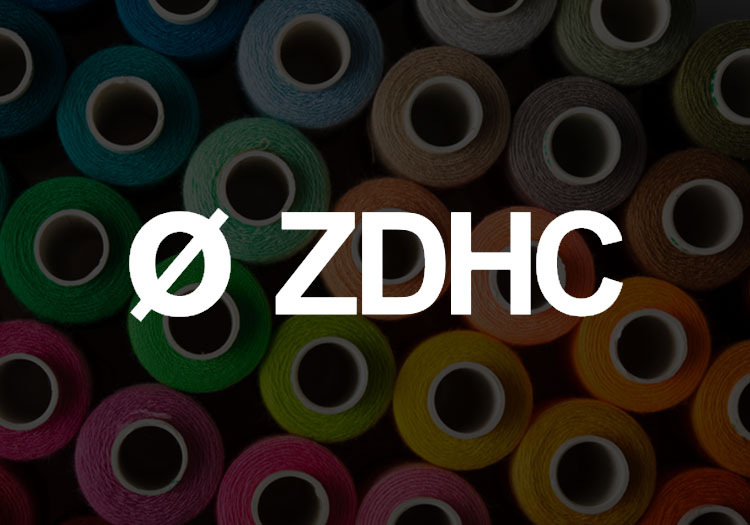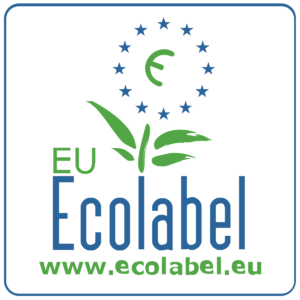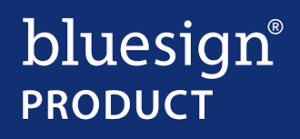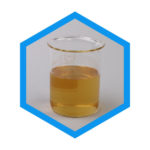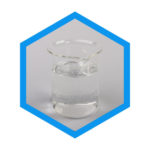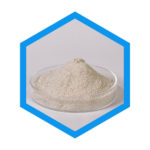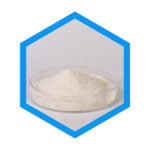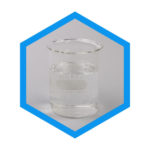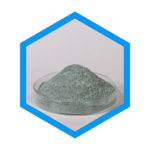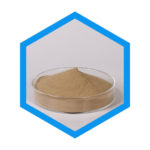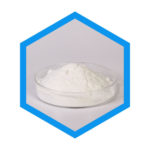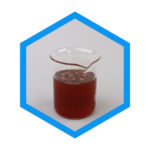What we need to know about ZDHC
ZDHC stands for Zero Discharge of Hazardous Chemicals. It is a collaboration of brands, suppliers, and manufacturers that work together to eliminate the use of hazardous chemicals in the textile and leather industry. They have developed a standard called the ZDHC MRSL (Manufacturing Restricted Substances List) which outlines the chemicals that are prohibited or restricted in production processes.
https://mrsl.roadmaptozero.com
The ZDHC also offers a certification program called the ZDHC Chemical Gateway, which helps manufacturers and suppliers find safer chemical alternatives that meet the ZDHC MRSL standards. This helps reduce the environmental impact of textile and leather production and improves the safety of workers and consumers.
Additionally, the ZDHC provides resources and training to help companies implement sustainable chemical management practices. Their ultimate goal is to create a more sustainable and transparent textile and leather industry for the benefit of people, the environment, and theeconomy.
The ZDHC MRSL (Manufacturing Restricted Substances List) includes a list of more than 4,000 chemicals that are prohibited or restricted in production processes. Some of the categories include heavy metals, phthalates, PFCs, and alkylphenols. The full list can be found on the below file.
Yes, the ZDHC regularly updates and revises the MRSL list to reflect new scientific research and changes in regulations. The most recent update was in January 2023, which included the addition of several chemicals to the list, as well as updates to existing chemical restrictions. It is important for companies to regularly check the ZDHC website for any updates or changes to the MRSL list to ensure compliance with sustainable chemical management practices.
The ZDHC has a global reach and is applicable to any company that operates in the textile, leather, and footwear industries. While there is no legal requirement for companies to adopt ZDHC practices, many global brands and organizations have made commitments to adopt sustainable chemical management practices and areencouraging their suppliers to do so as well.

